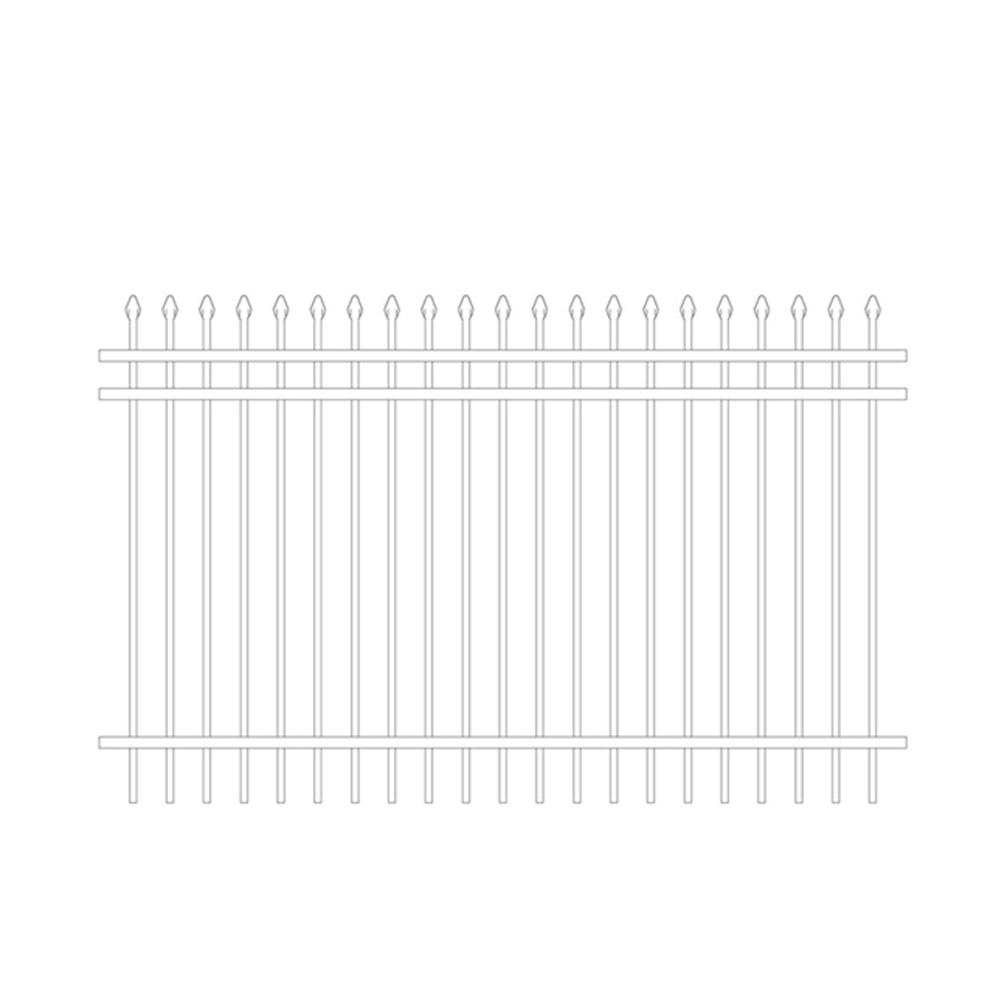Efficient Storage Solutions for Large Warehouse Shelving Systems to Maximize Space
Déc . 26, 2024 04:48
Optimizing Large Warehouse Shelving for Efficiency and Productivity
In today's fast-paced and ever-evolving business landscape, efficient warehousing solutions are paramount to the success of logistics and supply chain management. Large warehouse shelving systems play a critical role in maximizing storage capacity while enhancing operational efficiency. As businesses expand and inventory levels grow, understanding the design and functionality of shelving systems becomes essential.
Understanding the Basics of Warehouse Shelving
Warehouse shelving refers to the frameworks that hold products and materials in a warehouse environment. These shelving units come in various sizes, designs, and materials, each tailored to meet specific storage needs. Common types of shelving include selective pallet racking, drive-in racking, push-back racking, and cantilever racking, among others.
Selective pallet racking is the most commonly used system due to its versatility and accessibility. It enables straightforward retrieval and inventory management, making it ideal for warehouses with diverse items and varying sizes. Drive-in and push-back racks, on the other hand, offer high-density storage options that maximize floor space, making them suitable for businesses with large volumes of similar items.
Factors to Consider When Choosing Shelving
1. Inventory Type The nature of the items being stored significantly influences shelving choices. Businesses that deal with perishable goods may require refrigerated shelving, while those handling bulk items might benefit from heavy-duty racks.
2. Space Utilization Effective use of vertical space can dramatically increase storage capacity. High-reaching shelving systems can optimize available square footage, but they must be balanced with ease of access and safety.
3. Accessibility Consider the frequency of access to stored items. If certain products are picked often, they should be positioned at easily reachable heights, while less frequently picked items can be stored higher up.
4. Load Requirements It's essential to understand load limits and ensure that shelving systems can support the weight of the items stored. This prevents damage to goods and reduces the risk of accidents.
5. Aisle Width The width of aisles should allow for safe maneuvering of forklifts and other equipment. While narrower aisles can save space, they must not compromise safety or efficiency.
Benefits of Well-Designed Shelving
Investing in an optimized shelving system offers numerous benefits
large warehouse shelving

1. Increased Efficiency A well-organized shelving setup allows for faster retrieval times, reducing labor costs and minimizing delays in order processing.
2. Improved Inventory Management Systematic shelving enables better tracking and control of inventory levels. This leads to more accurate stock assessments and reduces instances of overstocking or stockouts.
3. Enhanced Safety Proper shelving reduces clutter and the likelihood of accidents in the warehouse, creating a safer working environment for employees.
4. Flexibility and Scalability Many modern shelving systems are modular, allowing companies to expand or reconfigure their warehouse setup as needed. This adaptability is crucial for businesses facing fluctuating demands.
Implementing Best Practices
To fully realize the potential of warehouse shelving, businesses should adhere to best practices
1. Routine Audits Regularly assess shelving systems for organization and safety compliance. This can include inventory checks, equipment inspections, and space evaluations.
2. Training Employees Ensure that staff members are trained in proper stacking methods, equipment usage, and safety protocols to minimize risks.
3. Investing in Technology Incorporating warehouse management systems (WMS) helps streamline operations, enabling businesses to track inventory movement and manage picking processes more effectively.
4. Utilizing Space Planning Software Advanced software solutions can assist in visualizing the optimal layout for shelving and determining the best configuration for a warehouse's specific needs.
Conclusion
Large warehouse shelving is not merely a component of warehouse management; it is the backbone that supports efficient operations and productivity. By choosing the right shelving systems, considering critical factors, and implementing best practices, businesses can significantly improve their warehouse functionalities, leading to enhanced performance and customer satisfaction. As the demands of modern commerce continue to evolve, effective shelving solutions will remain a vital asset for any successful warehouse operation.




















